My Dream vs. My Reality
G-d Dwells in the Home We Construct from our Real Lives; The Secret Behind the Golden Calf
The Beis Halevi, Rabbi Yosef Dov Soloveitchik (right), and the Lubavitcher Rebbe
- March 8, 2015
- |
- 17 Adar 5775
Rabbi YY Jacobson
5597 views- 4Comment
- Call-in
Listen to the class on the phone
Call +1 (845) 201-1933
When prompted, dial the ID number below.
2350 MP3 MP4 Source Sheets - Copy Embed
לעילוי נשמת יעקב זאב בן מאיר
Class Summary:
There is something very intriguing about Vaykhel-Pekudei. Anybody even slightly familiar with the Torah is aware of its unique conciseness. Complete sagas, rich, complex and profound, are often depicted in a few short biblical verses. Each word in the Bible literally contains layers upon layers of interpretation. For the sages and rabbis over the past 3,000 years, it was clear that there is nary a superfluous word or letter in the Bible, and large sections of the Talmud are based on this premise. If a verse is lyrically repetitive, if two words are used where one would suffice or a longer word is used when a shorter word would suffice, there is a message here, a new concept, another law.
It is thus astonishing to observe that two entire sections in the Torah are seemingly superfluous! These are the final two sections of the book of Exodus—Vayakhel and Pekudei—telling the story of how the Jewish people constructed the portable Tabernacle (Mishkan) that would accompany them during their 40-year journey in the desert. In the previous sections of this book, Terumah and Tetzaveh, the Torah gives a detailed account of G-d's instructions to Moses regarding the construction of the Sanctuary. With meticulous description, G-d lays out to Moses every detail of the Tabernacle—every piece of furniture, item, article and vessel that should become part of the Sanctuary. Nothing is left out, from the Holy Ark, the Candelabra and the Altar to the pillars, wall panels, curtains, ropes, bars, hooks and pegs, all specified with their exact shapes and dimensions. In these portions, G-d also presents Moses with the exact instructions of how to weave the priestly garments—down to the last tassel—worn by those who would perform the service in the Sanctuary.
Then, a few chapters later in Vayakhel and Pekudei, in the story of how the Jewish people carried out these instructions, the previous two portions are repeated almost verbatim. The Torah records, once again, every nook and cranny of the Sanctuary and tells of the actual building, carving and weaving of every pillar, wall-panel, peg, hook, bar, tapestry, piece of furniture and vessel that comprised the Sanctuary. For a second time, we are informed of every decorative form and artistic design sculpted in each article of the Tabernacle and every single shape, design and dimension of each and every article.
Now, a single sentence, something like "The Jewish people made the Sanctuary exactly as G-d had commanded Moses," would have spared the Torah more than a thousand words! Why the need for hundreds of sentences that are purely repetitive of facts that have been stated earlier?
The class explores the views of the Beis HaLevi, Rabbi Yosef Dov Soloveitchik, his grandson Reb Velvele Brisker, Rabbi Yitzchak Zeev Soloveitchik, and the Lubavitcher Rebbe on the subject. We explore what it means to build a relationship with G-d, what is the significance of a mitzvah, how to deal with the contrast between the live we wished for and the life we ended up with, and the essence of prayer.
Tags
Categories
Rabbi YY Jacobson
- March 8, 2015
- |
- 17 Adar 5775
- |
- 5597 views
לעילוי נשמת יעקב זאב בן מאיר
Related Classes
Please help us continue our work
Sign up to receive latest content by Rabbi YY
Join our WhatsApp Community
Join our WhatsApp Community





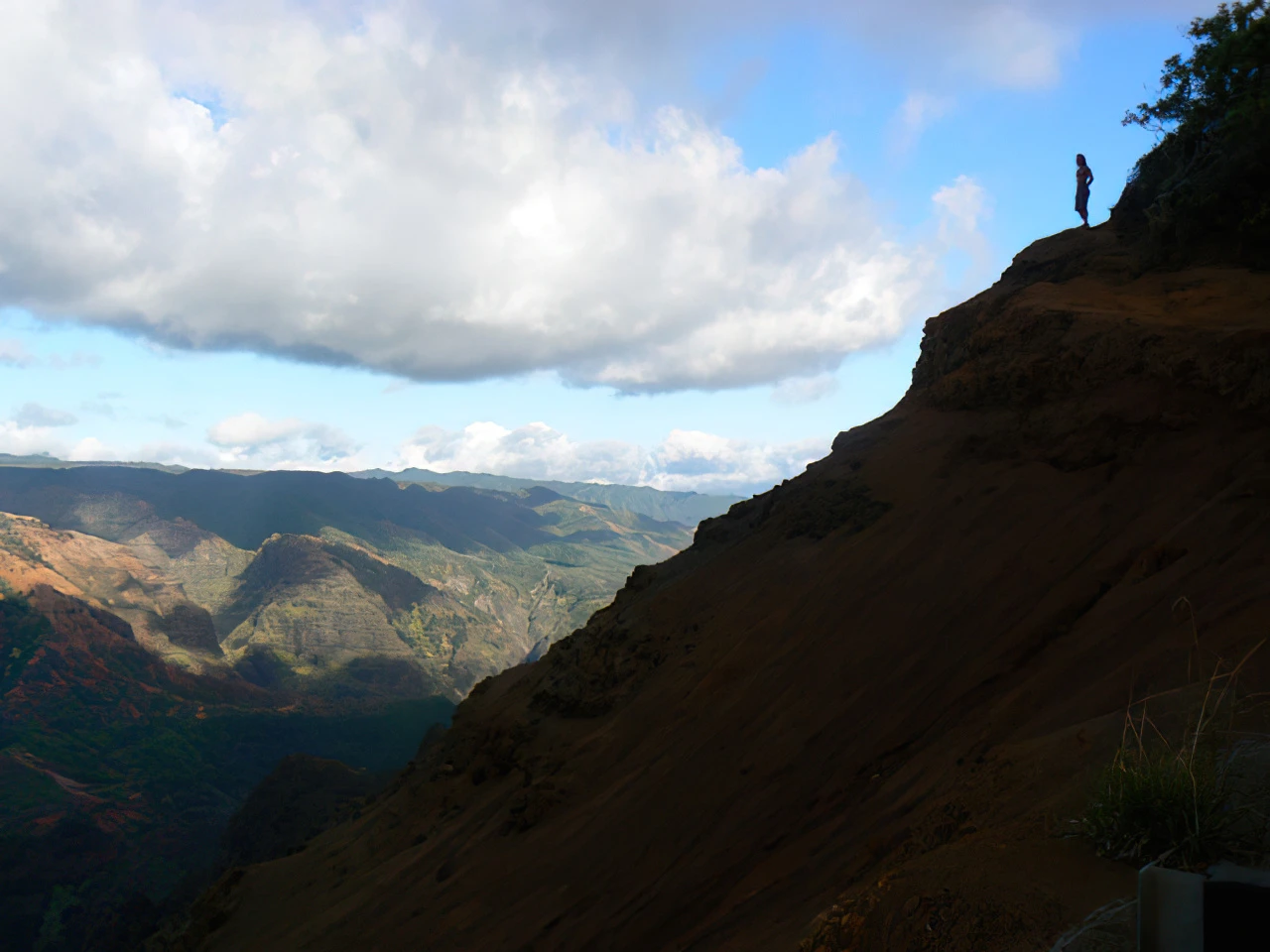
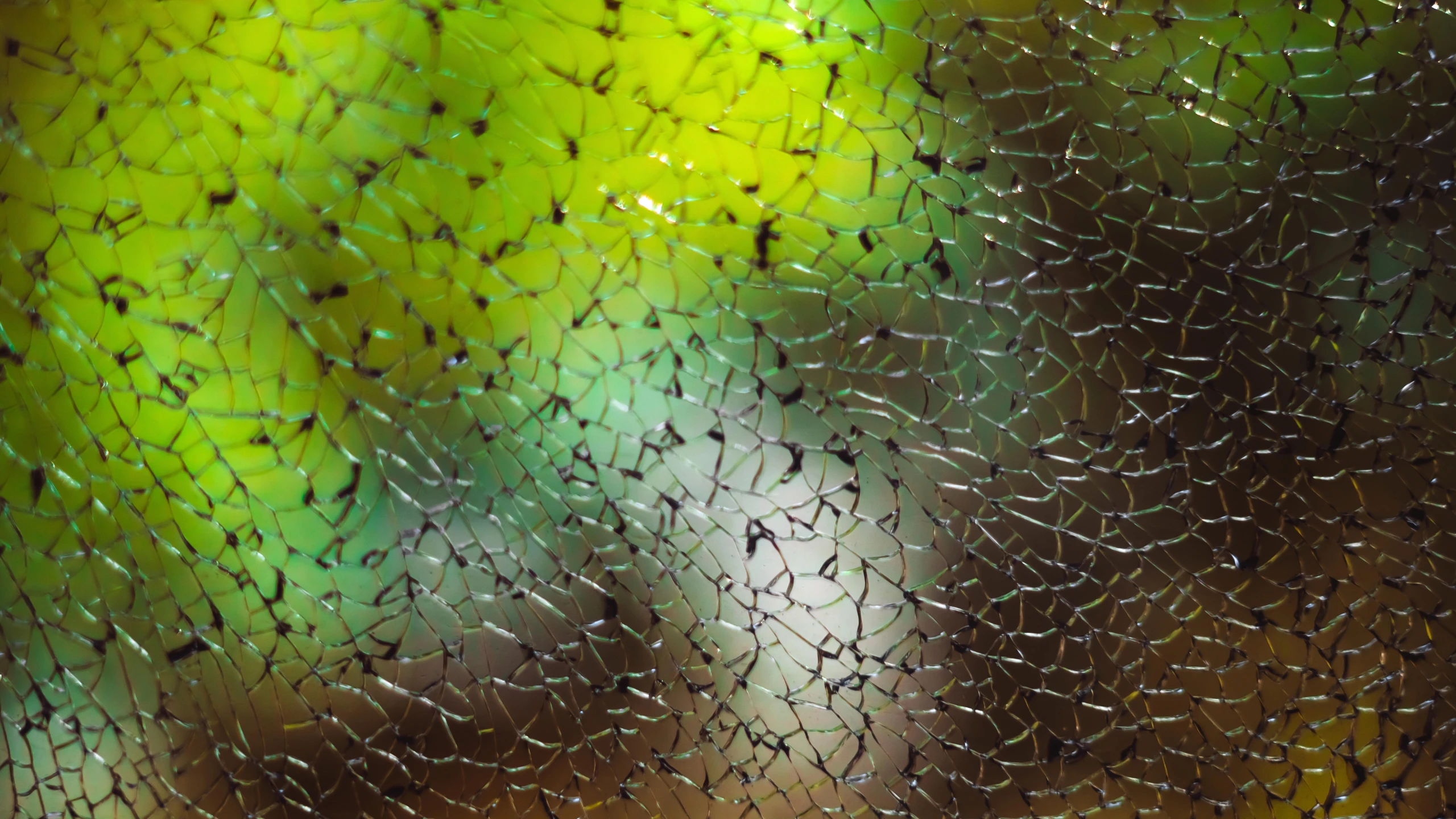


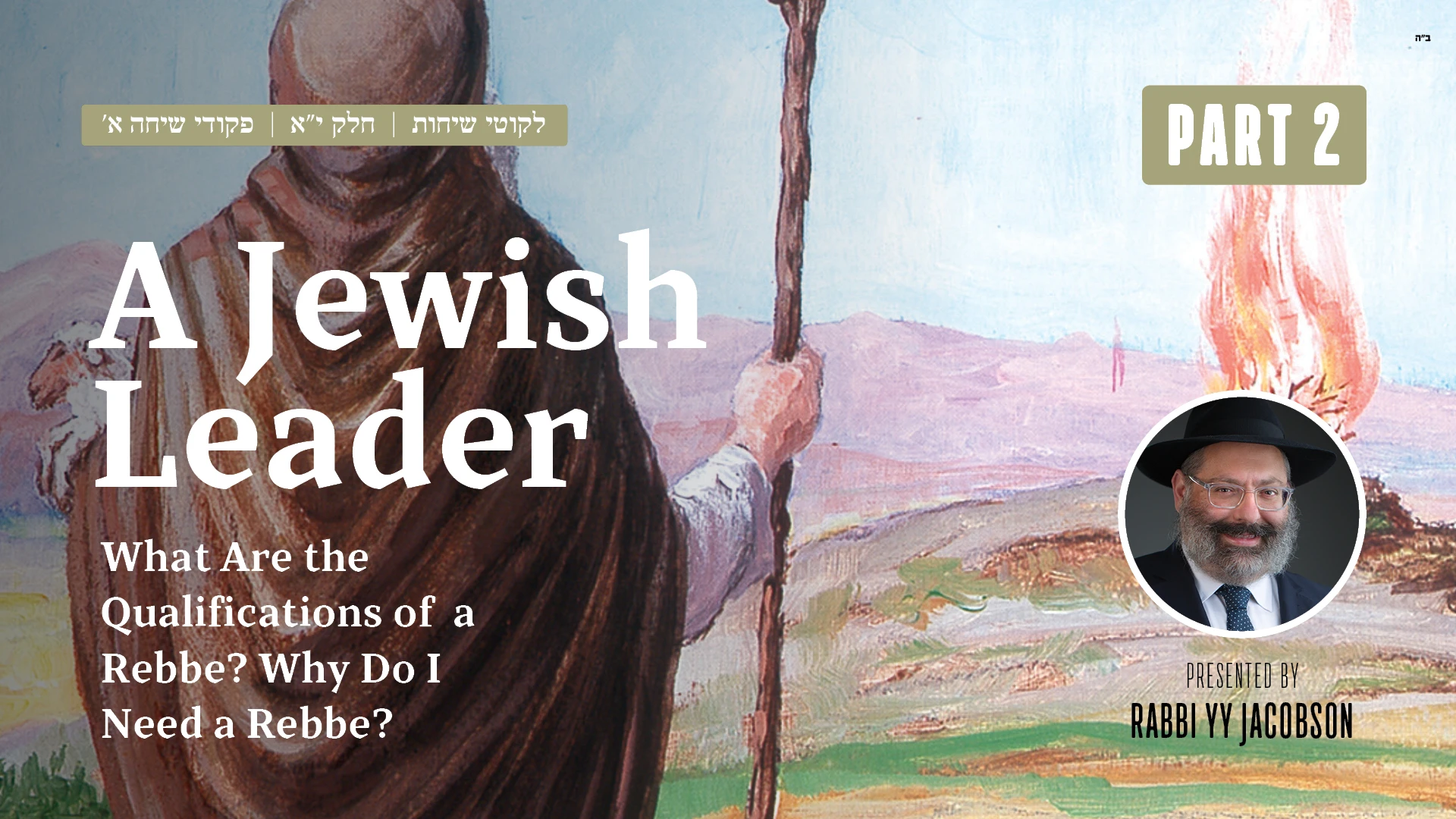
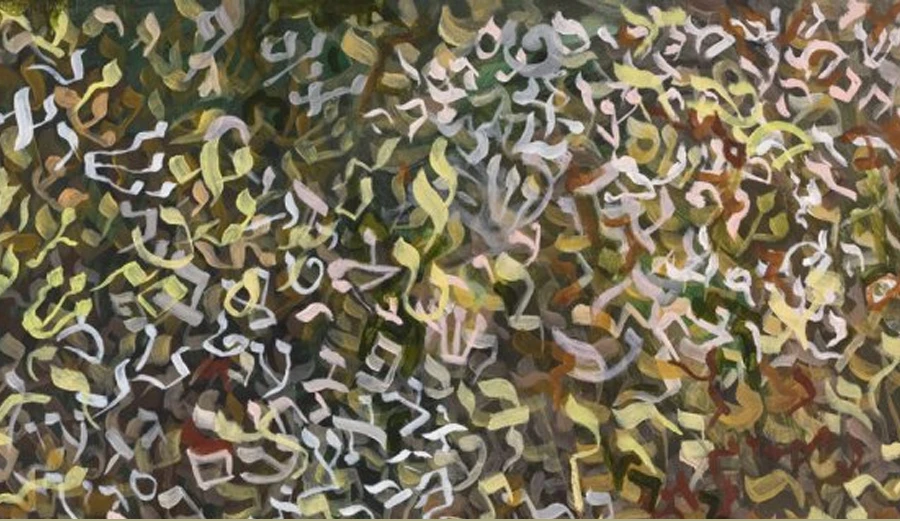

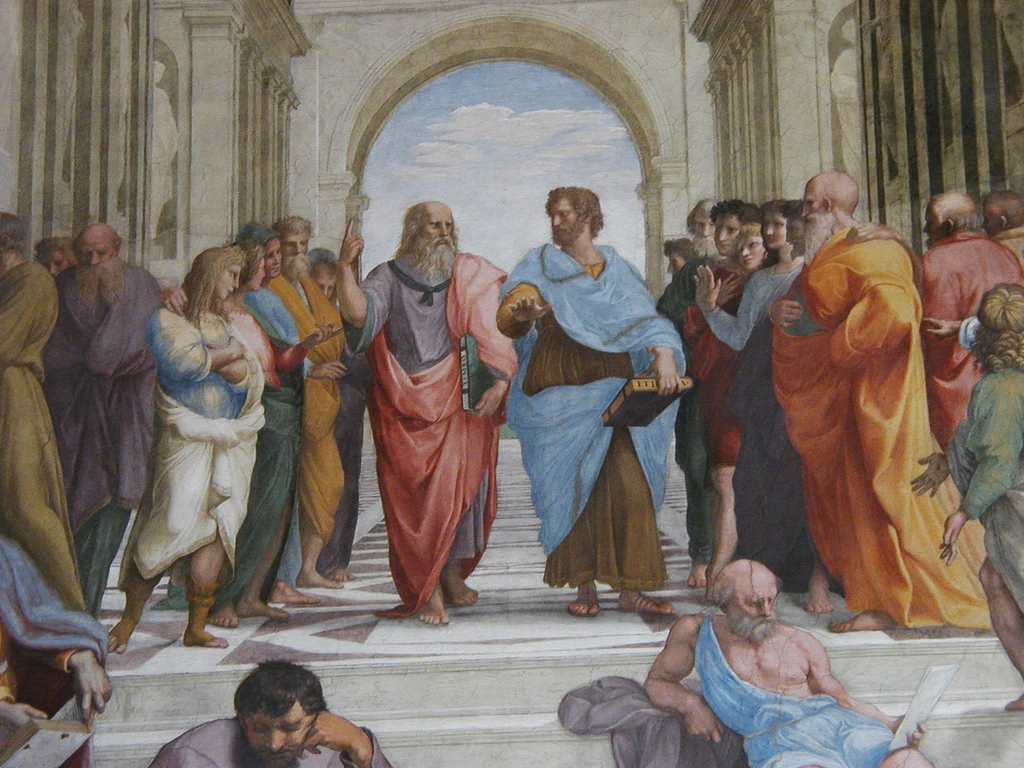


Please leave your comment below!
Anonymous -5 years ago
Only in pekudei
Why only in pekudei does it say kaasher tziva hashem es Moshe - by the bigdei kehuna, not in vayakhel - keilim?
Reply to this comment.Flag this comment.
Chaya Bassman, Pittsburgh -6 years ago
THANK YOU!
This class is such a beautiful combination of multiple facets of Torah! Thank you for so eloquently presenting these ideas, and especially for making Chassidus so accessible to the public! The message of the of the two 'mishkan's really spoke to me in my life, and I was able to pass it on to others as well. I appreciate your website and classes very much!
Reply to this comment.Flag this comment.
Mendel -9 years ago
Brisker Rav - seems could go the other way - that Yidden did exactly as told - they followed gods will even if they could not achieve exactitude - because they are human - but they are still human - which means once we do the best we can - we have achieved gods will. Of course brisk is not known for that type of tolerance or understanding.
Reply to this comment.Flag this comment.
guest -9 years ago
אולי אפשר להוסיף, שברכה הי"ט של שמונה עשרה ולמלשינים קשור להזמן שבו יבטל הרע בעולם, ובמילא שוב לא יהיה צורך להעלות את אהליאב ביחד עם בצלאל, כי יתגלה שכולם ידעו אותי גו', ובמילא הברכה הי"ט באמת רומזת לפעם הראשונה שנאמר בפרשת פקודי "כאשר צוה ה' את משה". ולכן איתא בירושלמי שהי"ח ברכות למעט ולמלשינים הם כנגד אשר צוה ה' את משה שכולל רק בצלאל עם אהליאב ולא בצלאל עצמו. אבל לאחרי שיקויים היעוד דולמלשינים אל תהי תקוה וכו' ביטול כל הרע, אז במילא לא יהי' צורך להירידה לאהליאב כדי להגבי' את המטה, כיון שמהשכן למעלה והמשכן למטה יהיו חד, ובלשון הקבלה שהקו יהי' דבוק לעיגול הגדול גם מתחתיתו (כמבואר בפורים תשח"י, ענין כותב גט כריתות לאשתו, שבנצחון המלחמה הנה הגוף יהי' ביחד עם הנשמה ואדרבה ניזונית מן הגוף, מצד שהקו יהי' דבוק לעיגול הגדול גם בתחתיתו), ולכן הדיוק בירושלמי הוא דוקא שמונה עשרה.
אלא שצ"ע עדיין שהרי לכאורה יש שאר ברכות בשמו"ע שתוכנן הגאולה השלימה ע"י משיח צדקנו, ומה נשתנה ברכת ולמלשינים? ואולי כי זה מדבר ממש על ביטול הרע בעולם. ויש לעיין.
Reply to this comment.Flag this comment.